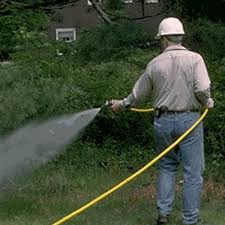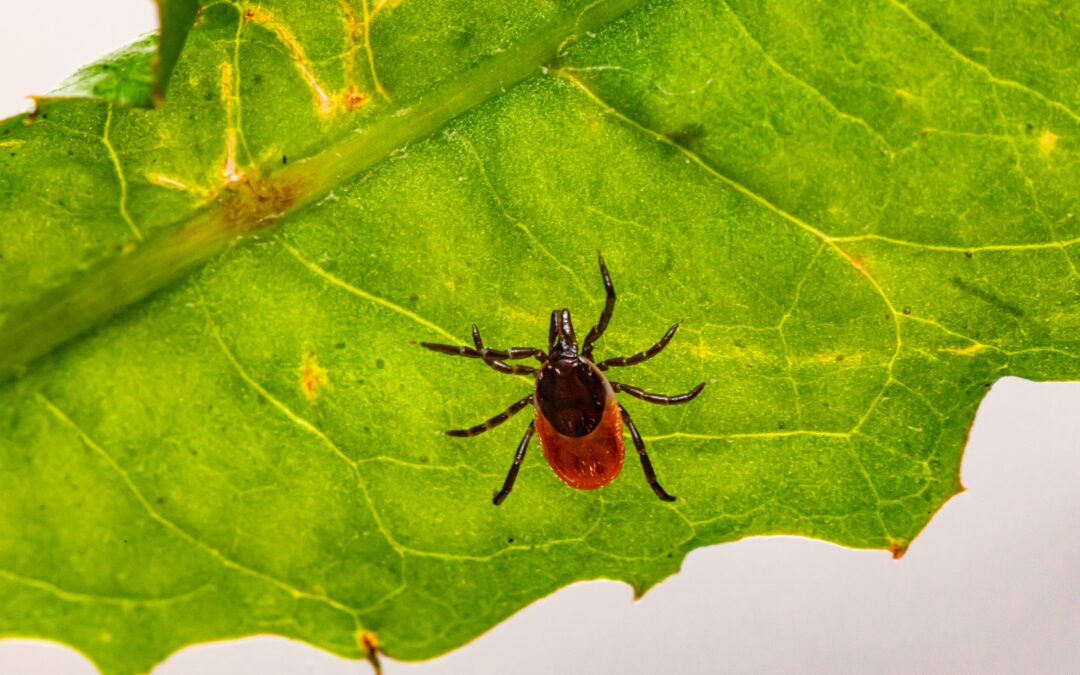It is autumn’s inevitable rite of passage, leaves fall and you will be out in the yard raking them up. Now that summer is over, it does not mean tick season is over. Experts say it is still important to be thinking about preventing tick bites during this time of year when putting your yard and lawn to bed for the winter season. Fallen leaves make a cozy home for ticks which can transmit Lyme disease and a host of other nasty infectious diseases. By raking your lawn of fallen leaves, you are removing the preferred habitat for ticks.
When leaves fall they provide the ideal nesting and living spaces for a nymph tick to thrive, and we often come into contact with it without really thinking. Our kids play in it. Our pets roll in it. Every encounter with fallen leaves represents a prime opportunity for a nymph tick to attach. To avoid creating a haven for ticks, be vigilant about clearing piles of leaves when they fall.
 Along with raking and removing the leaves, a tick spraying should be done after clearing your yard of leaves A fall tick spray may seem out of the ordinary, but it may be the most critical time to spray. Ticks mate in the late spring and summer, so during the fall the female ticks are pregnant, and they stay that way all winter long. When the first thaw of spring arrives, those pregnant ticks hatch more ticks. The baby ticks from early spring are called nymphs. The nymphs are dangerous because they are the size of a sharpened pencil tip and are extremely hard to see.
Along with raking and removing the leaves, a tick spraying should be done after clearing your yard of leaves A fall tick spray may seem out of the ordinary, but it may be the most critical time to spray. Ticks mate in the late spring and summer, so during the fall the female ticks are pregnant, and they stay that way all winter long. When the first thaw of spring arrives, those pregnant ticks hatch more ticks. The baby ticks from early spring are called nymphs. The nymphs are dangerous because they are the size of a sharpened pencil tip and are extremely hard to see.
A fall tick spray reduces the overall tick population, especially the pregnant ticks, that will emerge in the spring. Reducing the population in your yard is the key to decreasing your family’s chance of getting bite.

